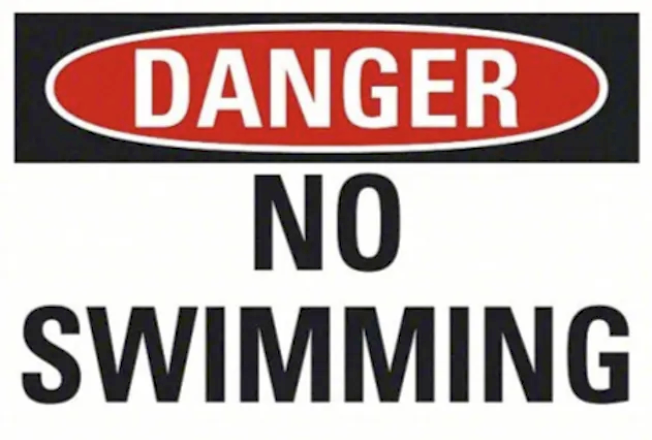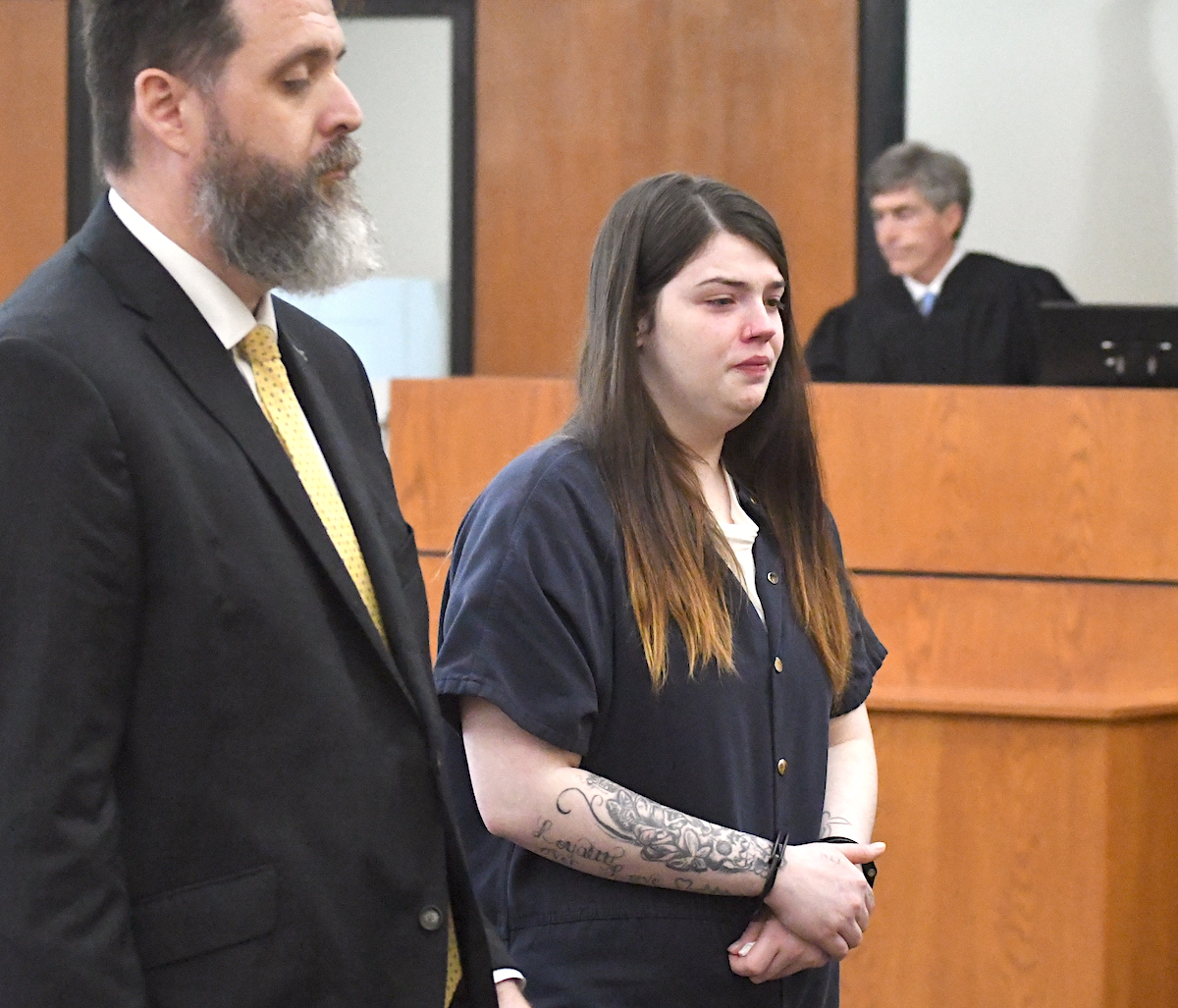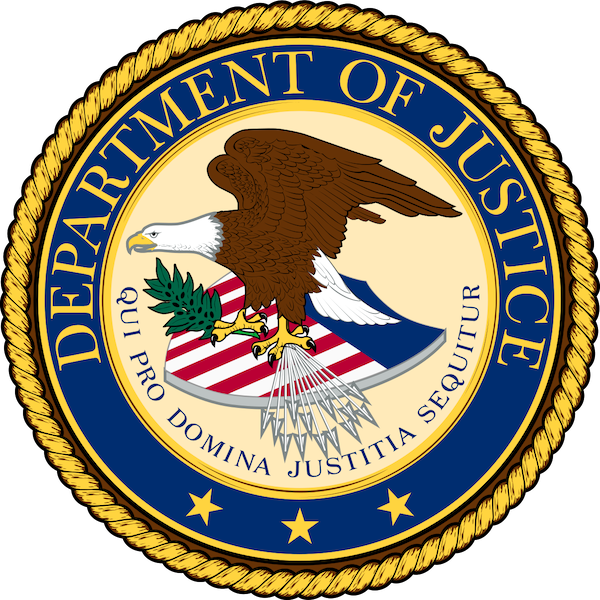Swimming advisories for southeast Kentucky lakes and waterways
Published 1:40 pm Friday, July 12, 2024
The Division of Water in the Energy and Environment Cabinet and the Division of Public Health Protection and Safety in the Cabinet for Health and Family Services agree that swimming advisories that have been in place for several years in different areas of the state because of high levels of E. coli bacteria should remain in effect until further notice.
Swimming advisories remain in effect for the following:
Upper Cumberland River
-
Trending
The Cumberland River from Four Mile Bridge (Highway 2014) to Pineville at the Highway 66 Bridge and from Wallins Creek Bridge (Highway 219) to Harlan
-
Martins Fork from Harlan to the Cawood Water Plant
-
All of Catron Creek, all of Clover Fork and all of Straight Creek
-
Poor Fork from Harlan to Looney Creek
-
Looney Creek from the mouth to Lynch Water Plant Bridge
Kentucky River
Trending
North Fork of the Kentucky River upstream of Chavies. Although still above recommended levels, water quality has continued to improve and is approaching an acceptable level for swimming in some stretches of the river.
Banklick Creek to the confluence with the Ohio River. The swimming advisory includes all of Banklick Creek and Three Mile Creek. Inadequate or failing sewage treatment systems can contribute to water quality problems along Kentucky water ways. Efforts by the Cabinet for Health and Family Services and local environmental health staff to ensure all new septic system installations are installed properly, and work by the Division of Water and wastewater plant operators to monitor wastewater treatment plant compliance are reducing bacterial pollution from these possible sources. Work by both agencies is gradually reducing the number of discharges and improving water quality.
The agencies also recommend against swimming or other full-body contact with surface waters immediately following heavy rainfall events, especially in dense residential, urban and livestock production areas. This recommendation is due to an increased potential for exposure to pollution from urban nonpoint source pollution, bypasses from sewage collection systems, combined sewer overflows and pollution from livestock waste. The public should avoid recreating in stream segments below wastewater treatment facility outfalls, confined animal feedlots or other obvious sources of pollution during anytime of the year.







